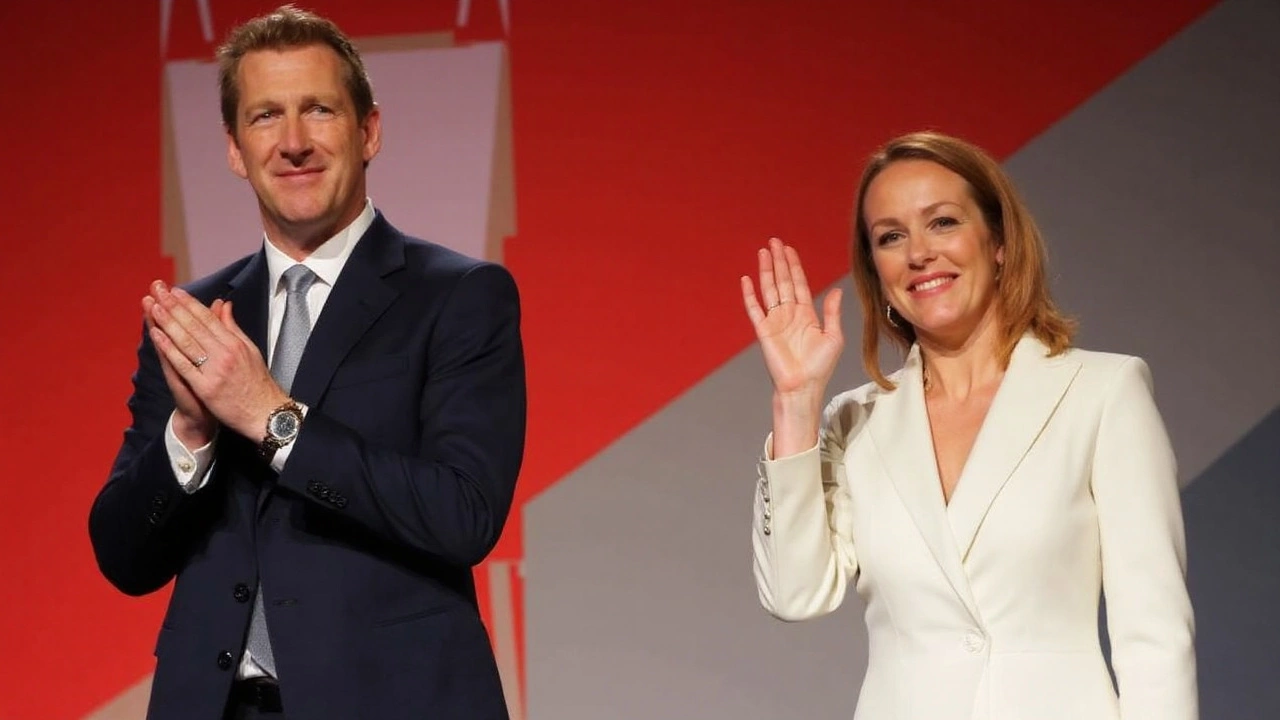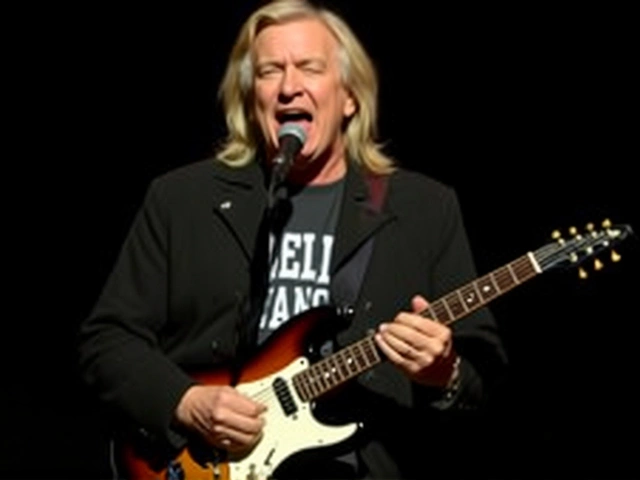Cabinet Reshuffle: A Simple Guide
Ever heard the news that the prime minister has “shuffled the cabinet” and wondered what that actually means? In plain English, a cabinet reshuffle is when the leader of the government swaps out ministers, moves them to new jobs, or brings in fresh faces. It’s like a sports team changing its lineup mid‑season – the goal is to improve performance, fix problems, or send a political signal.
Why Leaders Trigger a Reshuffle
There are a few common reasons a prime minister or president decides to reshuffle. First, poor poll numbers can push a leader to show they’re taking action. Replacing a struggling minister can be a quick way to tell voters, “We’re fixing things.” Second, scandals or resignations sometimes force a sudden change – you need someone else to step in fast. Third, internal party politics play a big role; moving allies into key positions can reward loyalty and keep factions happy. Finally, a reshuffle can set the stage for a new policy direction, like focusing more on climate change or digital innovation.
What Changes When the Cabinet Is Shuffled
When the cabinet changes, the most visible impact is who holds each portfolio – health, education, defense, finance, and so on. New ministers bring their own priorities, management styles, and networks. That can mean a shift in funding, a different approach to legislation, or a change in how departments interact with the public. For example, a new education secretary might push for more tech in classrooms, while a fresh finance minister could tighten the budget.
Beyond policy, a reshuffle often reshapes the political narrative. Media outlets will dissect every appointment, looking for clues about the leader’s next moves. Opposition parties use the changes to critique the government’s track record or highlight perceived inconsistencies. Even everyday citizens notice the headlines because they affect services they rely on.
It’s also worth noting that not every reshuffle is dramatic. Some are routine, happening every few years to keep the government fresh. Others are rapid fire, reacting to crises like a health emergency or a sudden economic shock. The speed and scale of the shake‑up can tell you a lot about how urgent the situation feels to the leadership.
For anyone following UK politics, paying attention to the names that appear and disappear can be a shortcut to understanding the current agenda. If a former defense minister moves to the energy portfolio, it might hint at a push for more military‑grade technology in renewable projects. If a rising star from the back benches gets a senior role, that could signal a generational shift inside the party.
In everyday terms, think of a cabinet reshuffle like rearranging the pieces on a chess board. The pieces stay the same, but their positions change, and new strategies emerge. Whether the changes lead to better outcomes depends on the people involved, the issues at hand, and how well the new team works together.
So next time you hear “cabinet reshuffle” on the news, you’ll know it’s not just gossip. It’s a strategic move that can reshape policies, influence public perception, and set the tone for the next chapter of government. Keep an eye on the headlines, note who’s moving where, and you’ll get a clearer picture of where the country might be headed.





